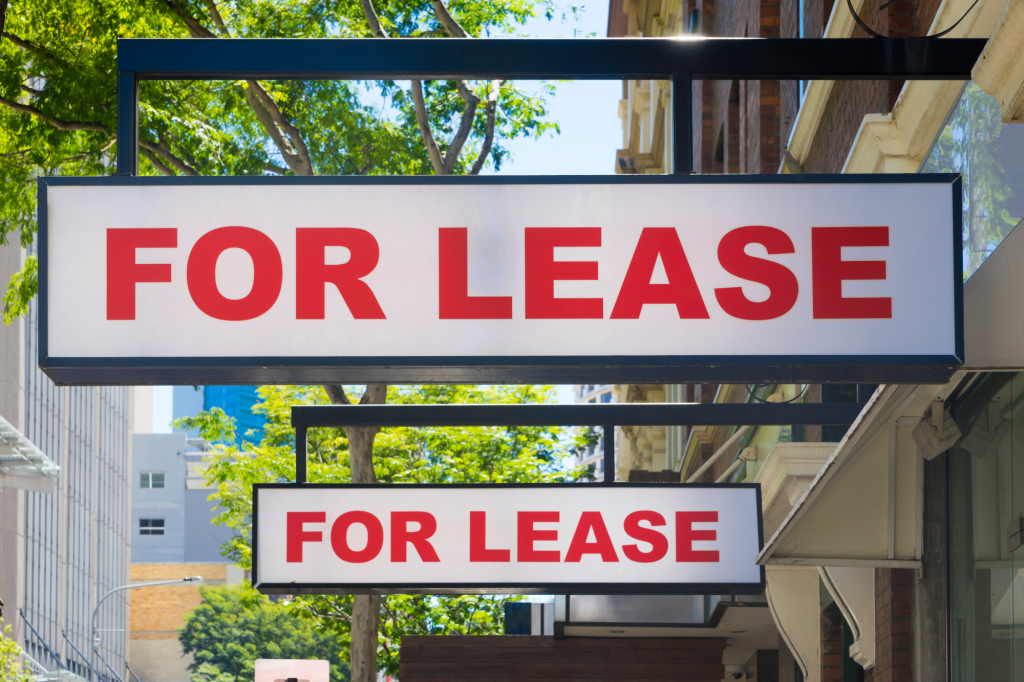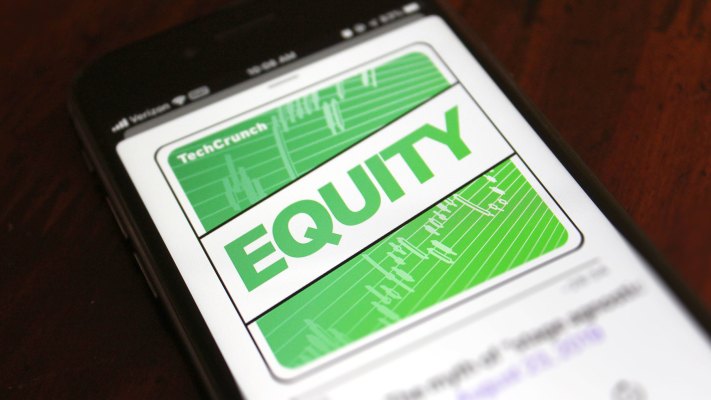“Bubble Watch” digs into trends that may indicate economic and/or housing market troubles ahead.
Buzz: Commercial property’s pandemic era rebound looks relatively complete by one yardstick.
Source: The Green Street Commercial Property Price Index, which tracks the performance of big real estate investments.
The trend
It wasn’t too long ago that things looked bleak for many landlords, both those who serve corporations and those who house consumers. The pandemic’s economic chill made it tough for many businesses and millions of tenants to write a rent check.
Well, things have changed for the overall industry as the economy — and our collective health — recovers. A price rally in July pushed Green Street’s all-property index up 2.4%. That upswing moved this benchmark to its first record high of the pandemic era at 1% above its pre-coronavirus level of February 2020.
Yes, it’s an eye-catching rebound from a nasty 11% fall between February and July 2020 as the pandemic iced the economy. However, this is in no way a universal recovery for trusts that own and operate large properties.
Of 11 real estate sectors tracked by Green Street in its monthly pricing report, six in July were above pre-pandemic values, one is even and four are still below February 2020 pricing.
Quiz: How much is the stock market’s Standard & Poor’s 500 index up in the same period? (Answer below!)
The dissection
Last summer, a commercial real estate industry collapse was feared. This year, we wonder if some of the rebound seems too good to be true.
The storylines behind commercial property’s mixed performance mirror the uneven rebound of the broader economy. Note that ultra-low interest rates motivating house hunters to buy are also jazzing big-money investors to do the same with commercial properties.
Let’s look at price swings in the commercial real estate niche over 17 months, starting with the winners …
Manufactured home parks: Shook off a 4% early loss and were 25% above pre-pandemic levels in July. Homeownership became surprisingly hot, and this is perhaps the most affordable option. That also rewarded the landlords who own the land underneath mobile homes.
Self-storage: A 5% dip early on reversed into a 24% gain in the pandemic era. These facilities do well in times of economic uncertainty as folks lose homes or are forced to double up and need a place to stow belongings.
Industrial: A 5% decline leaped to a 21% coronavirus gain as online shopping ballooned and the need for warehouse space exploded.
Net lease: These properties tend to be standalone retail properties such as drive-through restaurants and drugstores — merchants that fared very well in the keep-your-distance pandemic. Values suffered an early 8% drop but are up 15% through July.
Student housing: For-profit dorms have seen a sharp turnabout — from an early 14% plummet to a 9% gain in the pandemic era. Worries about this segment disappeared as many dorms remained rented and fears faded of extended remote learning and more lost revenue.
Apartments: The initial 10% hammering turned out to be an 8% pandemic gain. Rentals first looked sickly as tenants lost jobs and were allowed to skip rent payments. But the broad recovery helped these landlords increase rents and fill their units.
Note that one niche’s values are back to where they were in February 2020.
Healthcare: This sector erased an initial 7% decline. At first, high levels of COVID-19-related deaths created investor anxieties about empty beds and legal liabilities. Those worries moderated as vaccinations lowered health risks,
Now let’s note the losers …
Lodging: It started with a horrific 25% slump that even a travel and tourism rebound could only prune to a 7% loss. One question mark — a big one for business hotels — remains. When will corporate travel return?
Strip centers/retail: The early 15% tumble still lingers, with values 7% below pre-pandemic pricing. The sector is in a bad spot, but not nearly as ugly as their bigger peers — the malls. Coronavirus hits to restaurants and service businesses cut rent collections.
Offices: An early 9% decline essentially stuck as this niche is still 8% below February 2020. Things were looking brighter in the spring when the virus spread was in decline and vaccinations were on the rise. But the pandemic resurgence with the Delta variant puts “back to the office” demand on pause.
Malls: An early 20% slashing of values hasn’t improved much. The sector remains 18% below pre-pandemic levels. The big shopping centers already were in decline before the virus, and the pandemic only sped up this retail niche’s day of reckoning. The wild card for investors: How much is this land worth for other uses, namely housing?
Another number
Let’s look at California hotels as an example of investors’ thirst for real estate. Atlas Hospitality reported a buying spree in the year’s first half that shattered the old statewide sales count record by 42%. Total dollars spent on these deals rose by 23%.
Quotable
“It is not surprising to see property price increases, and the velocity of some of the gains — while entirely warranted — is still eye-opening,” Green Street wrote in a recent report. “With interest rates as low as they are, private equity shops flush with capital, and many REITs in the bidding tent as well, the odds of further price gains are high.”
How bubbly?
On a scale of zero bubbles (no bubble here) to five bubbles (five-alarm warning) … THREE BUBBLES!
My three puzzles to solve: How long will we see cheap money rates? Have the hot commercial real estate sectors jumped too much? And when will the chilly niches fully thaw?
Quiz answer: The S&P 500 rose 33% between February 2020 and July 2021.
Jonathan Lansner is the business columnist for the Southern California News Group. He can be reached at jlansner@scng.com










